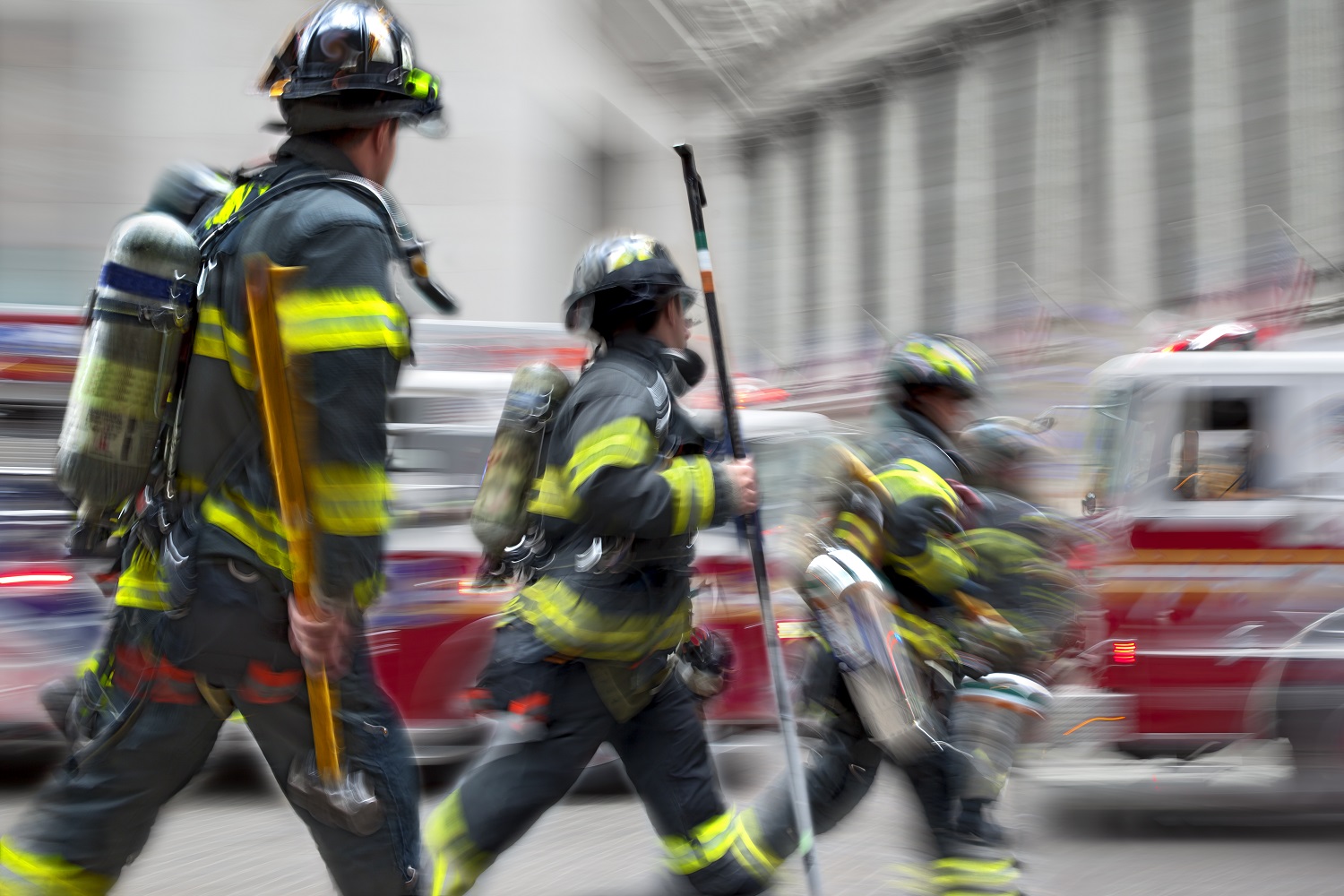
So, what was really going on here? I hadn’t been brought up in some military academy where I learned to be a drill sergeant when things didn’t go my way. Was there something else at work? Something I couldn’t really put my finger on? After retirement, I realized some of this behavior was born out of stress I was feeling, at work and at home.
I was confident retirement would fix this issue and my life would be a breeze. I soon found out that retirement was something I wasn’t fully prepared for. I went through a two-year transition that was more difficult than being at work. Fortunately, I had some support mechanisms that helped see me through.
This experience made me want to know more about the stress we face as firefighters. So I reached out to an expert in the field, Jeff Dill, founder and CEO of Firefighter Behavioral Health Alliance (FBHA). In this article, I’ll share some insights Jeff opened my eyes to, with the hopes that they might be eye-opening for you, too. And in my next article, I’ll share three steps all fire service professionals can take to combat the negative effects of work-related stress.
1,100 and Counting
One of my goals when I was a training chief was to design training programs that reduced the risk of line-of-duty deaths (LODDs) by targeting the root causes of LODDs. We commonly use the number 100 to explain how many of us die on the job each year. This number is an average, and the actual figure fluctuates, but unfortunately the deviation is small.
Jeff Dill stresses an entirely different number: 1,102—the number of confirmed firefighter and EMS suicides he has validated since he began studying the issue. “These are not merely numbers, they are the names and faces of brothers and sisters who have left us behind,” Jeff says. “That’s always been our message at the FBHA. We never want to forget them.” Jeff now dedicates his professional life to helping reduce this growing number.
Call It By Name
So, what is it we are struggling with? We can—and should—call it Post-Traumatic Stress (PTS) or Post-Traumatic Stress Disorder (PTSD). We’re hardly alone in being at risk for PTS; military personnel, police officers and other first responders face it too—not to mention anyone who experiences a traumatic experience, such as being assaulted or witnessing death or abuse.
Although the general public is familiar with post-traumatic stress, firefighter PTSD is different. “I’ve studied it for 20 years, and PTS is different in firefighters than in, say, a girl who is molested by a relative,” Jeff says. The differences extend to military and police as well. They generally face more violence, death and threats to their own lives.
While firefighters see their share of suffering, they may go months, or even years, before they are really scared or see a seriously traumatic event. Generally, the first few calls, or even the first few years do not affect them. I know I saw some horrific things early in my career, but they didn’t seem to bother me. Because PTS is often gradual in firefighters, we’re less primed to be on the lookout for it. In some people, symptoms don’t start until retirement—after the exposure to the trauma has ended.
PTS affects our behavior and our emotional state. There are different terms we can use to describe it, but some come with negative connotations. No one wants to be labeled “mentally ill” when something less than that (but still real and serious) is going on. Firefighters have concerns over these labels, particularly when it comes to job stability and promotion.
The struggle with PTS is real, however, and we need to move beyond the days where we just buried the problem or masked its symptoms. When we as individuals are struggling, we need the freedom to seek help. Our colleagues, and our departments, need to understand and provide support. We need to pay attention to the warning signs of firefighter mental health and wellness issues, as well as their causes. If we don’t, we face the real risk of adding to the growing number of firefighter suicides.
One Call or Many
While PTS in firefighters is typically the result of an accumulation of stressful calls combined with the regular stresses of life, Jeff explains that the circumstances are changing. Large tragic events are nothing new, but we are seeing different types of incidents. “Mass shootings, bombings, vehicles being used as weapons, and other terror-related incidents seem to be increasing in frequency—and these are traumas we would never have expected when I started in the fire service,” Jeff says.
In addition to these dramatic events, firefighters are running “routine” calls daily. Each call has the potential to affect a responder. Each responder will react to the stress input depending upon their situation. “It can be one call,” Jeff says. “You can respond to a child drowning, and one firefighter is extremely upset and disturbed because he has a small child, while his partner doesn’t suffer any emotional distress. Then you go on a cancer call, and the roles are reversed. The cancer patient who just passed away may remind them of their father who only has weeks to live.”
Much of what we see and respond to is out of our control. As firefighters, we may struggle with this; we are firefighters and we fix things. We are here to help. When we “fail,” we tend to be very hard on ourselves. This can add to the effects of PTS.
Time for Change
One of the biggest problems facing the fire service in the realm of behavioral health is what Jeff calls “cultural brainwashing.” We as a profession tend to instill in our members that feeling pain over stressful calls and events is weakness. We need to “suck it up” and stuff our emotions. This has been our tradition for a long time.
Some traditions are ridiculous. We need to move the culture to one of awareness and assistance when a member is struggling. They need a confidential place to seek help for PTS and other behavioral health issues.
With this new and growing knowledge, what should we do? We need to employ not only prevention strategies for PTSD, but steps for overcoming. And that will be the subject of my next article.



